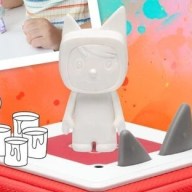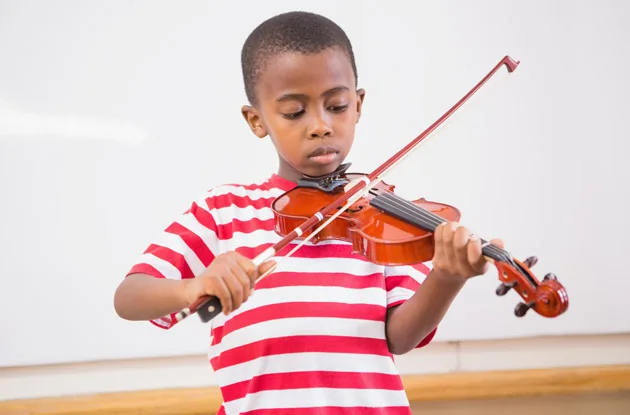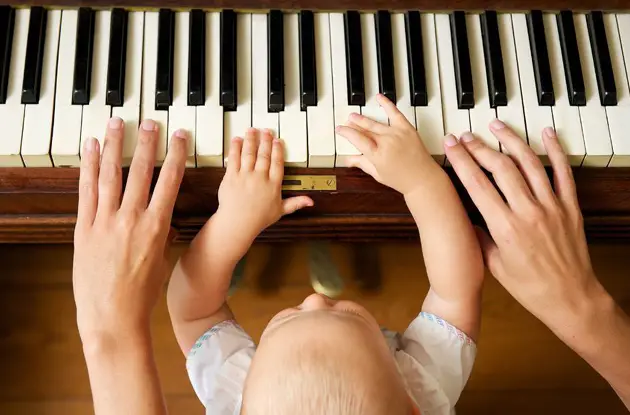Leading early childhood music education experts at Music Together explain baby responses to music
Everyone knows that when you talk to babies, you are helping then learn language. In the same natural way, when you sing and dance with babies, you are helping them learn music, according to Music Together, the pioneer of research-based early childhood music education. All children are musical at birth and can respond to music around them.
The key is for parents to tune into how babies express their reactions to music, explains Susan Darrow, CEO of Music Together, the internationally renowned music education program for children ages birth through grade two.
“When you hold your baby and walk, march, skip, or sway to the beat of a song or sing to her, you are teaching her about rhythm. She is building a ‘body memory’ of moving to the beat that she will be able to call upon once she is able to move to music on her own. And babies are capable of showing you that they really do feel and hear the music. It is incredible to witness,” Darrow says.
She adds, “There is a natural capacity to respond unintentionally to music in vocal ways that are evident at birth. Babies adjust their sounds, like crying, to the structural pitches around them. Some researchers suggest that there is a universal pitch structure for all people.”
Amazing facts from Music Together about babies and music:
- Babies can begin to match their cooing pitches intentionally to the music around them before they are even six months old. “In classes at the Music Together Princeton Lab School, we have heard infants as early as three weeks old shift their cooing to the same pitches as the songs we sing in class,” Darrow says.
- Watch what your baby does when you sing to him—and then stop singing. He might coo, gurgle, kick his legs, or wave his arms. This is an early response to music, and he may be trying to get you to start singing again. As he gets older, this “do it again” response will start to coordinate with the music: Perhaps the coos match the final note or two of the song, or maybe the kicks match the last few beats.
- As you sing or dance, watch what your baby does as each phrase or song comes to an end. Babies are wired to cue into the ends of phrases, just as they are wired to cue in to the ends of sentences in language, and you will often see a baby tap her hands, bounce her torso, bop her head, etc., in rhythm with the last two or three beats of a song or phrase.
- Listen for babies “singing” while nursing, feeding, or working on a pacifier. When a baby’s mouth is stimulated, you may hear more toning and cooing. Or you might notice him rhythmically sucking to the beat of the music around her. From a music perspective, pacifiers and bottle don’t “plug up” a baby at all.
- When you sing a familiar song to your baby, try this: Slow the song down as you come to the end and take a big breath as though you are going to sing the last note—but then stop just before. Watch what your baby does. The big, purposeful breath you took is a signal to her that something important is coming, and you may see her pay close attention in that moment. It may trigger her brain to “think” the note (or pre-hear it) before she hears it sung aloud. At some point she may even finish the song for you!
- Encourage singing the same way you encourage talking, by simply echoing the baby’s sounds. When a baby sings “ahhh” during a musical moment and an adult sings that same “ahhh” back to him, the adult is supporting the baby’s first attempts at singing. It is much like saying “da-da” when a child first learns to talk.
- In a music environment, babies are continually processing what they hear with what they see and feel. That’s why movement is such an integral part of a young child’s music education. Offer babies a chance to connect what they hear (the sounds of music) with what they feel (the beat of the song) with what they see (Mommy moving to the rhythm of the song).



















